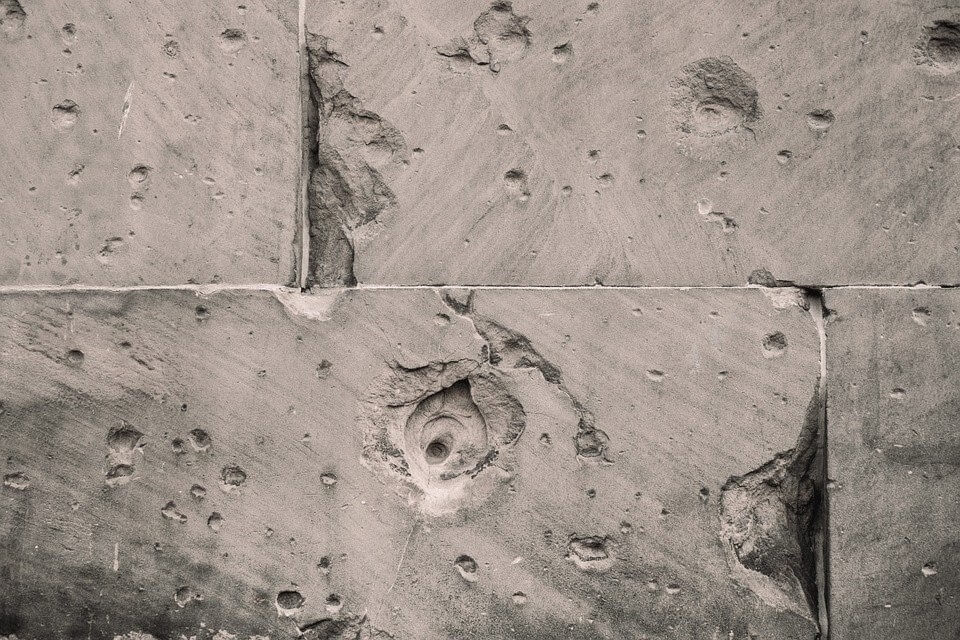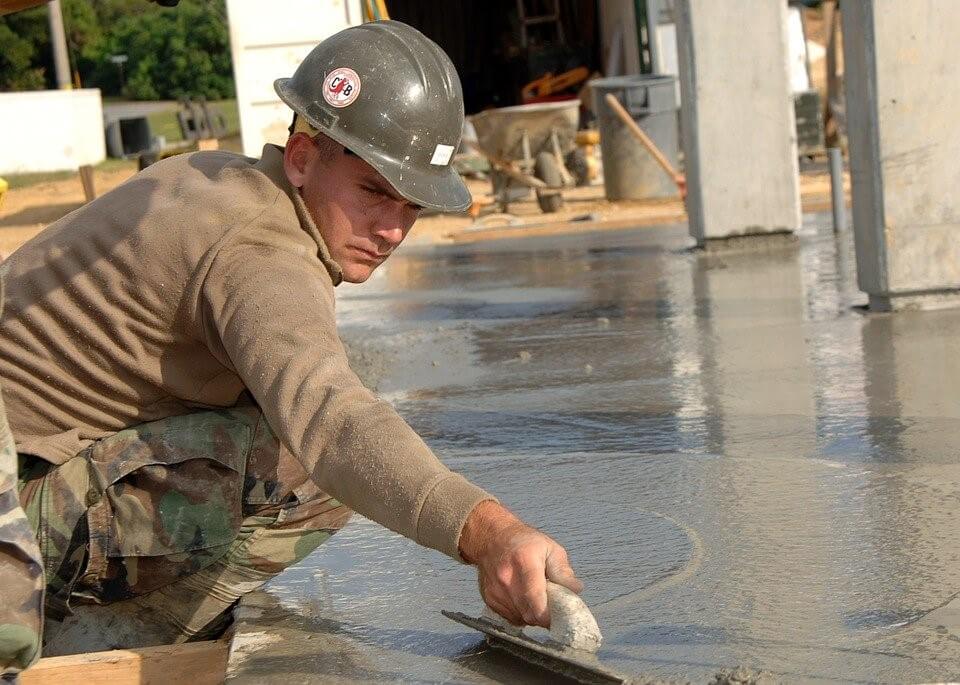Effective Ways to Clean Concrete Surfaces in Your House

Concrete flooring, countertops, and walls can all make up strong and beautiful pieces of your home, and are no longer relegated to basements and outdoors. But if these surfaces have you puzzled, you're not alone. Concrete is easy to clean and easy to keep clean, once you've been taught how, and the results—whether your goal is a beautifully maintained kitchen or guest house floor or just the ability to walk across your basement without slippers—are stunning.
Inside the home, concrete can take a few different forms. The most important distinction, for our purposes, is whether that concrete is sealed or unsealed. The most important factor this distinction will determine which cleaners are safe on the sealant that was used to protect the concrete.
Identifying a sealant
If the concrete feels bare, like natural stone, chances are it's unsealed. Some concrete is polished, which creates a smooth surface while retaining some of that obvious natural stone texture. Sealant leaves concrete less porous, and is more likely to feel like a smooth epoxy, resin, or marble. If you're uncertain, and the concrete was installed after you moved into the home, consult the warranty information or contractor who completed the install. Because some sealants will have negative reactions to certain cleaners, this step is unfortunately vital to both your safety and the longevity of your concrete surface.
Basements and outdoor concrete all tend to be unsealed, while countertops are more likely to be sealed, but there is no certain rule.
The instructions below will focus on cleaning unsealed, unpolished concrete. You can learn more on this website about proper care for all kinds of concrete surfaces, sealed and unsealed alike. But because unsealed concrete requires a more unique approach to cleaning, it requires an article of its own.
Does your unsealed concrete have a color other than typical concrete grey? If the coloration is uniform, or unlike typical dirt and mess, it may be a stain. That is, an intentional stain—a substance used to alter the appearance of the concrete aesthetically.
Check with the contractor who installed the concrete, or with your warranty paperwork, to determine the type of stain and whether it limits your use of cleaners. Even natural cleaners can react to the pH of various substances added to concrete for aesthetic appeal.
If your stained concrete is unsealed, you may use the following methods, provided that the method you choose doesn't incur an adverse reaction with your concrete's specific type of stain.
Cleaning unsealed concrete

If your concrete is outdoors, the most efficient cleaning method is employing a power washer. The high pressure that power washers provide helps penetrate into the concrete's porous surface, creating a proper, deep clean.
To help the pressure washer along, consider adding in your own manpower with a stiff-bristled cleaning brush. Make sure not to step into the stream of the pressure washer, and to instead use this brush between rinses, as the blast of a pressure washer can injure humans and animals. Be aware that pressure washers are able to strip paint, and aim with caution.
If your concrete is indoors, you clearly can't go spraying large volumes of water about your home.
Instead, here are a few options for handling different kinds of cleaning needs.
For each method, begin by:
- Removing clutter from the concrete surface,
- Vacuuming the concrete surface,
- Donning a pair of cleaning gloves, and
- Opening at least some doors or windows to provide yourself ventilation.
Overall clean
These are methods for regular maintenance, to keep your concrete surfaces under control. For countertops, we suggest a regular clean once a week. For interior floors with frequent foot traffic, we suggest at least a once-monthly proper clean. For areas like basements that get less attention, your comfort level best sets your cleaning schedule, but you may quickly find that a cleaner space helps you feel better about being in your home.
Method one: dishwashing liquid
One of the easiest ways to clean any interior concrete is with a mixture of dishwashing liquid and water. Our favorite proportion is two tablespoons of dishwashing liquid to every gallon of water. Mix dishwashing liquid into warm water, stir to allow it to dissolve, and use this solution to clean your concrete surface.
For floors: Mop floor with dishwashing liquid and water solution, using a stiff-bristled scrub brush to get into any particularly filthy areas.
For countertops and other surfaces: Scrub solution over surface with a sponge or cleaning cloth, then rinse sponge/cloth with water and run over the surface once more to remove residue.
If dishwashing liquid doesn't pick up all of the grime or stain that you need it to, try one of the more intensive stain removal methods listed below.
Method two: pH neutral wipes
If you're looking for a convenient way to clean off the concrete countertops without committing to scrubbing with water, pH-neutral wipes are a convenient daily tool. You can find pH-neutral wipes online or in some superstores. They may be marketed as stone countertop wipes, pH-neutral wipes, or simply “pH wipes.”
These wipes have a balanced pH that makes them safe to use on your concrete surfaces daily, without causing undue wear. Most concrete surfaces do not require daily or even weekly maintenance. But in heavily germ-trafficked areas like countertops, especially if the food is handled or makes contact with the concrete surface, these wipes are a convenient go-to.
Spot treatments for stain removal
Particularly if it hadn't been cleaned in a while, some stains can set deeply into the porous surface of concrete. There are, however, ways to draw these stains to the surface and leave your concrete looking renewed.
After doing your initial overall clean, try:
- Cornstarch or cat litter to absorb grease stains. Give these absorbent material time, as much as 72 hours of it, to pull all of the grease out of your concrete before vacuuming them away.
- White vinegar and a stiff scrub brush. This is particularly effective for rust.
- Trisodium phosphate, or TSP. Mix with water at a ratio of eight tablespoons TSP per gallon and clean well with a stiff-bristled brush. Rinse well.
To protect the concrete surfaces in your home, you may consider applying a commercial wax or sealant for easier future cleaning. But if you love that rough stone look, or just prefer to keep it simple, these methods should maintain the health of the concrete in your home and keep it beautiful.
839GYLCCC1992




Leave a Reply